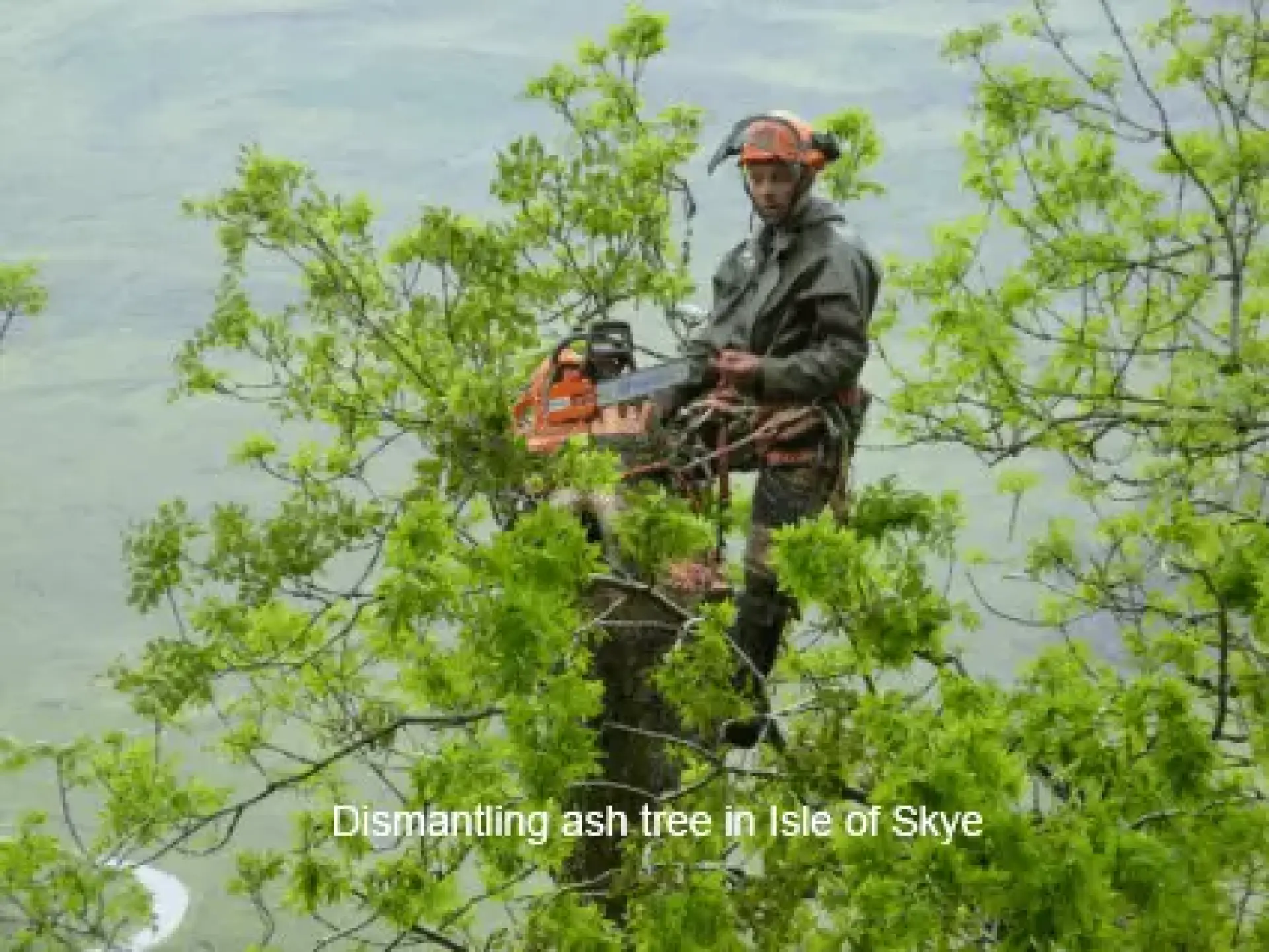
What is Tree Pruning?
Tree pruning is the process of routinely maintaining the health of your trees.
Unlike trees that grow wild in forests and woodlands, garden trees need to be cared for regularly by fully qualified tree surgeons or arborists.
The work carried out is done to ensure your tree grows healthy and lives a long life. It is also done to create any aesthetics looks that you would like for your trees.
Formative Pruning
Formative pruning is the process whereby an arborist or tree surgeon will prune a young tree.
This is done to encourage healthy growth and to determine a shape for the tree to grow into in the future.
Deadwooding
Deadwooding is the removal of any dead material from a tree's crown.
Decay can pose a significant health risk, as heavy branches become weaker and eventually fall from the tree.
Deadwooding removes these hazardous branches.
Lifting
Crown lifting is the pruning of the lower branches of a tree.
This promotes better light coverage and allows passage underneath the tree for pedestrians or vehicles.
Thinning
Thinning is the removal of branches to promote the healthy growth of a tree.
This process helps to ward off the damage caused by droughts, fires, insects or strong winds.
Crown Reduction & Reshaping
A crown reduction removes the branch tips, allowing you to create a desired shape for the tree.
We can also remove damaged or dead branches during a crown reduction.
Crown Cleaning
Cleaning is a similar process to dead wooding.
A qualified tree surgeon will remove damaged or dead branches from the crown of a tree.
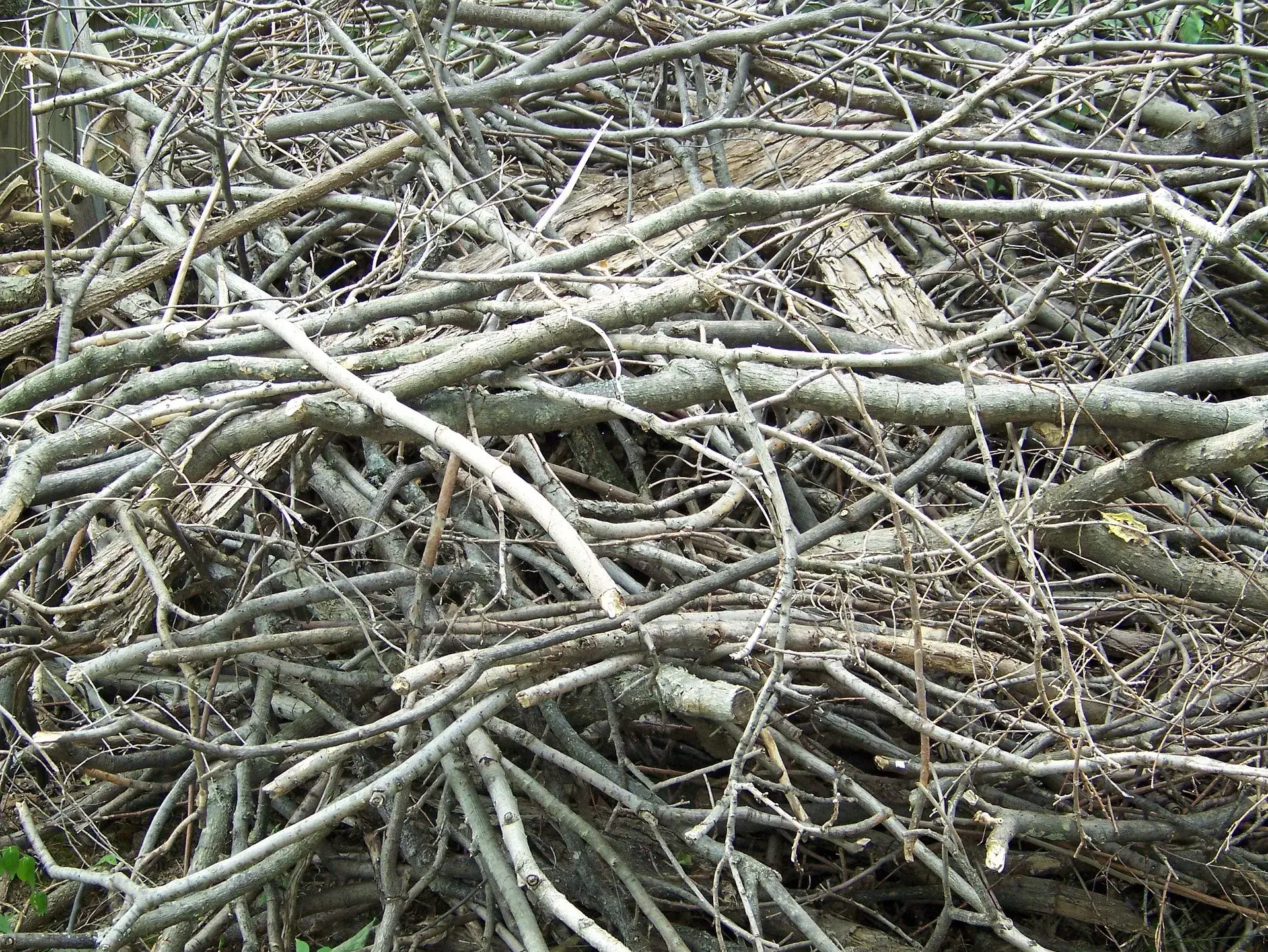
When should tree pruning be done?
Typically, trees should undergo pruning through the winter. This is when the leaves have fallen in the autumn, and the branches are easiest to trim and before the fresh buds of spring begin to show.
Pruning before the fresh spring shoots begin to grow allows you to control the tree's growth, and our professional surgeons can create any aesthetic shape you desire.
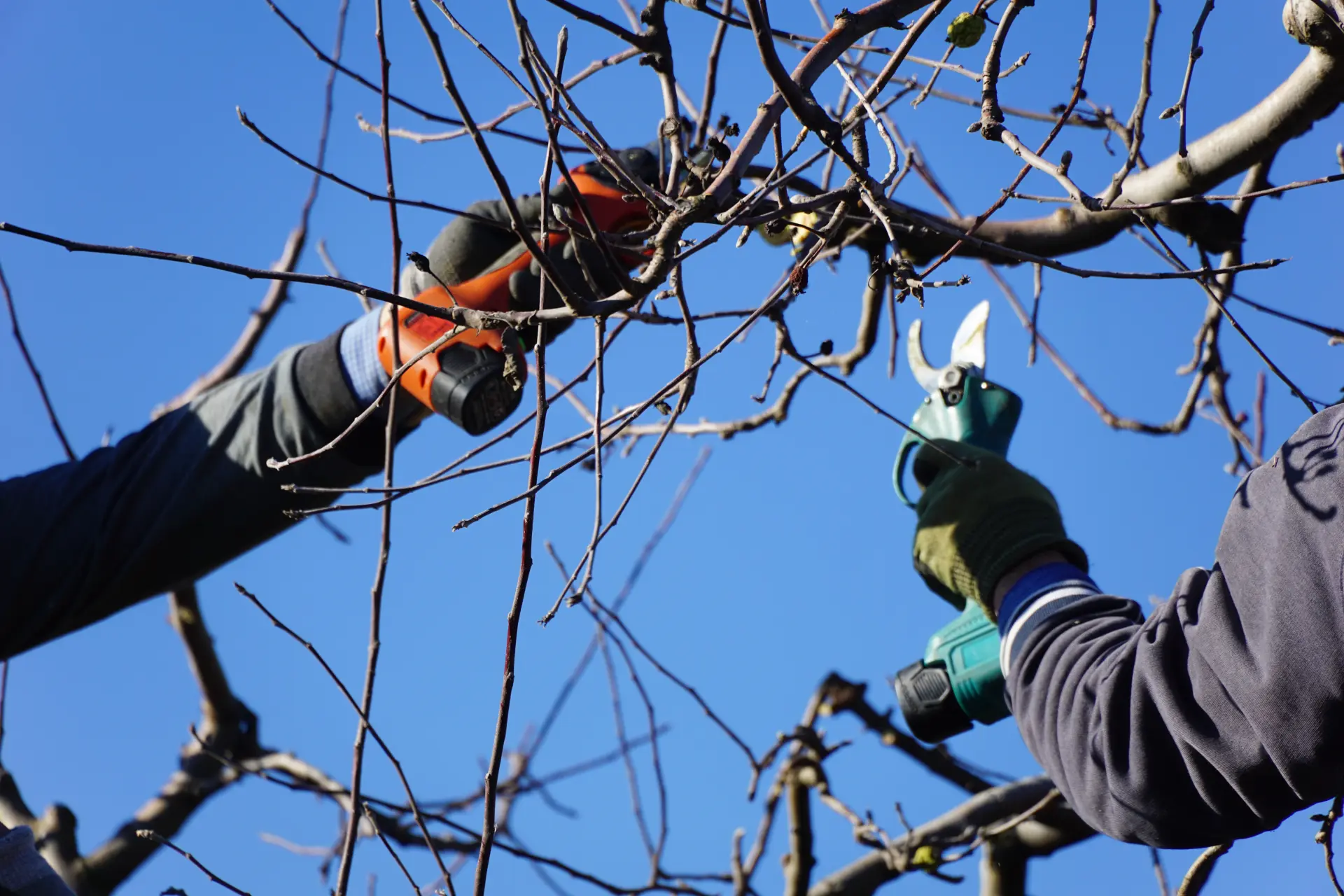
Tree Pruning Dundee
Regular tree pruning keeps your trees healthy, safe, and looking their best. Our skilled tree experts carefully remove weak or crowded branches, improving air flow and letting light reach every leaf. This helps prevent disease, reduces storm damage, and shapes your tree to suit your garden.
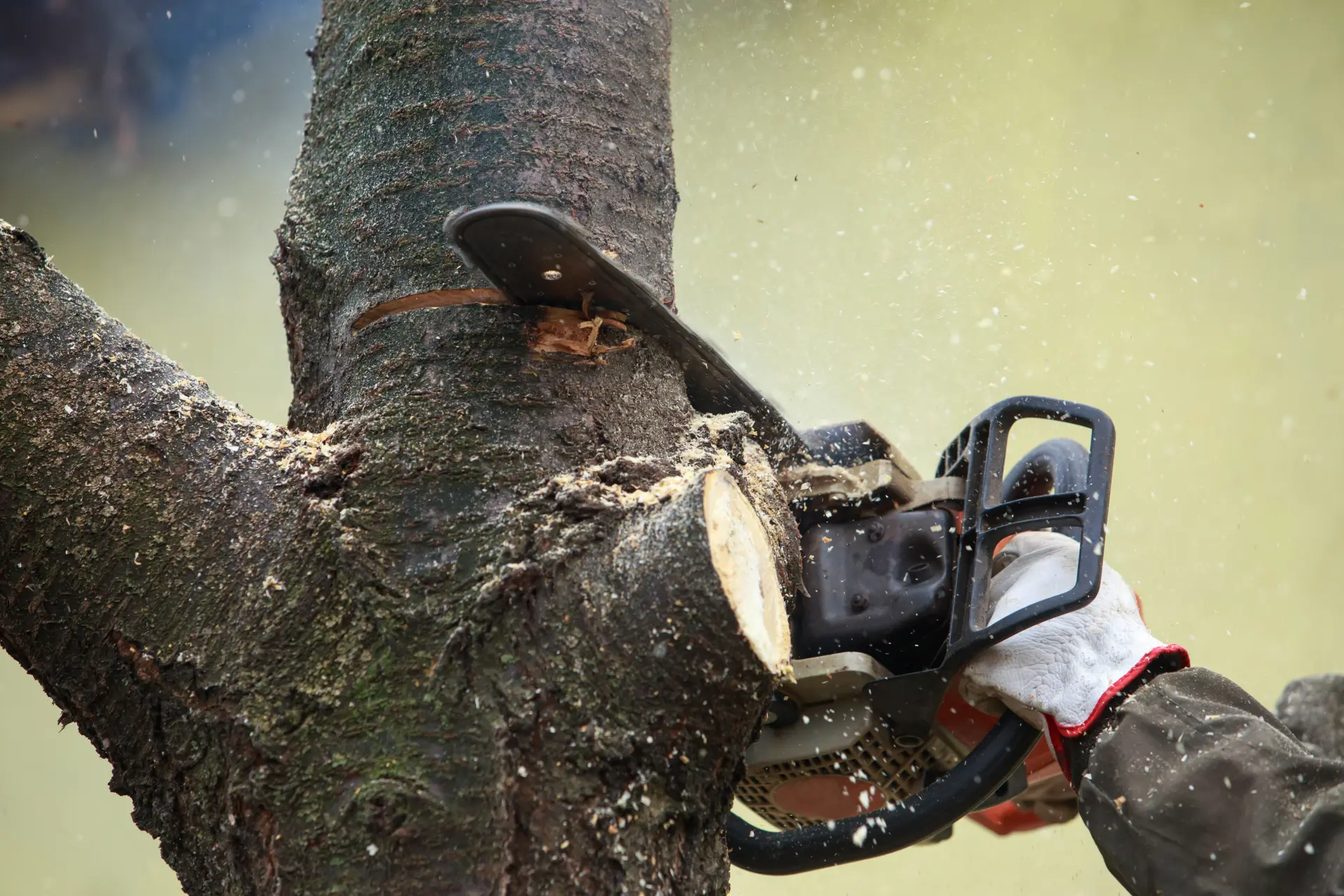
Tree Restoration Dundee
Older or storm-damaged trees can often recover with careful tree restoration. We assess structure, remove hazards, brace weak limbs, and boost new growth through targeted pruning and feeding. This service extends the tree’s life, restores its natural form, and protects nearby people, property, and wildlife.
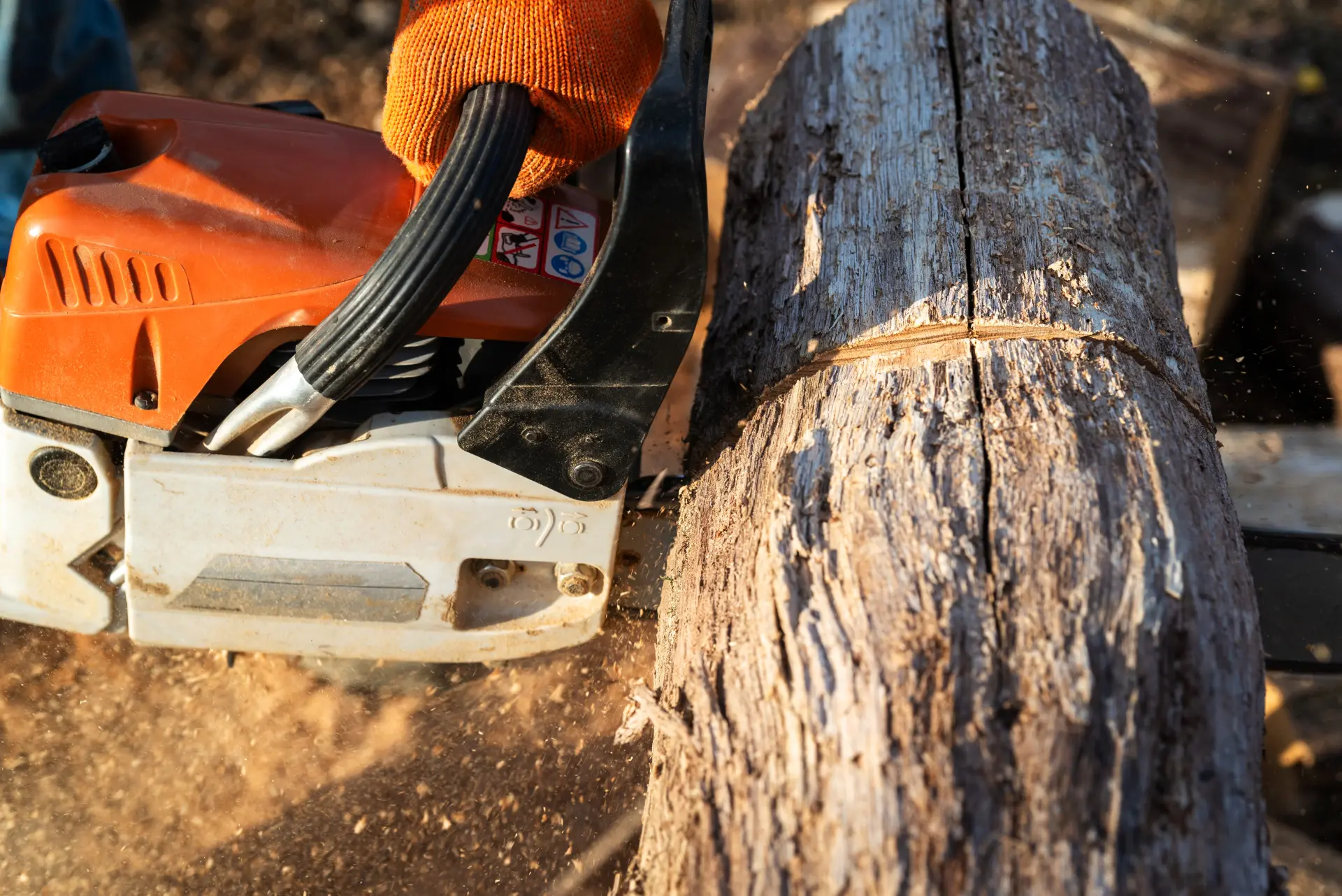
Tree Removal Dundee
Sometimes a tree must be removed for safety or building work. Our team plans each step, using modern equipment to lower sections gently and prevent damage. We clear all timber and grind the stump, leaving your site clean, level, and ready for planting or construction.
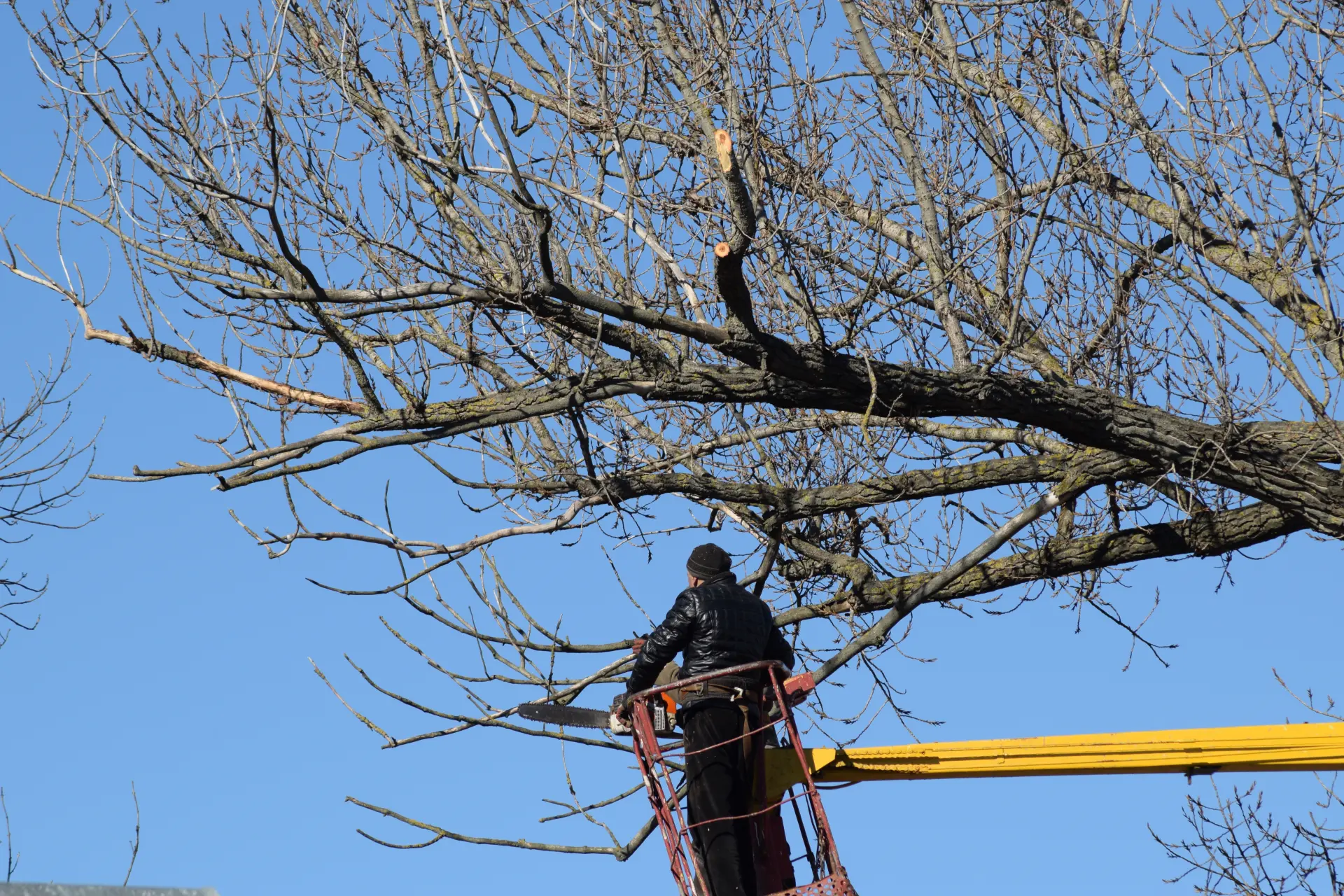
Tree Maintenance Dundee
A well-cared-for tree rewards you with shade, beauty, and value. Our tree maintenance plans include routine inspections, seasonal pruning, feeding, and pest checks. Regular care catches problems early, supports steady growth, and ensures each tree remains strong, healthy, and safe year after year.

